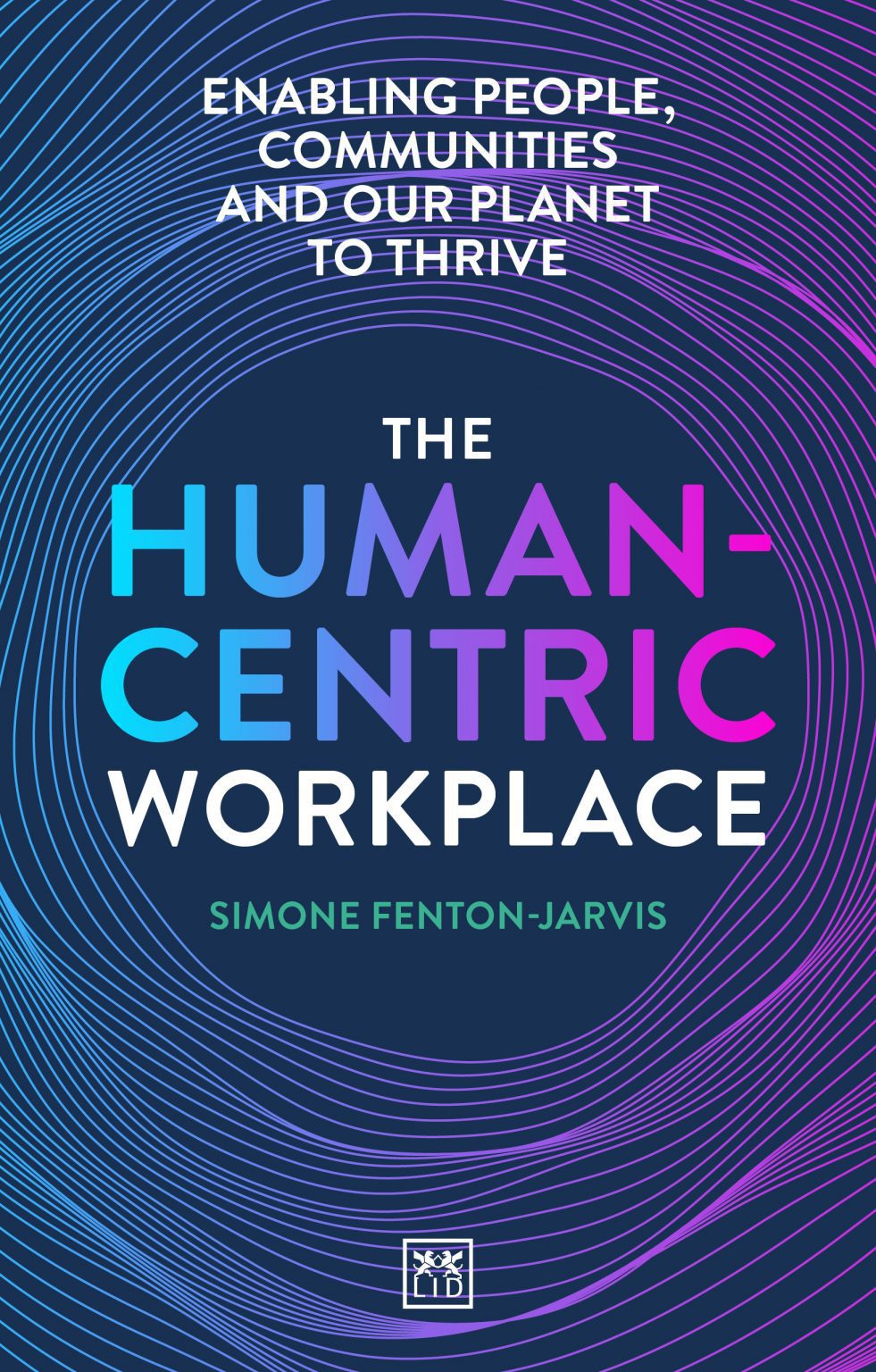|
How to co-create a space where people thrive by Simone Fenton-Jarvis
By Guest Contributor Simone Fenton-Jarvis
Author of The Human-Centric Workplace, Simone Fenton-Jarvis, explains how to co-create a workspace where people thrive.
Despite the somewhat eye-catching headlines that have been circulating throughout the last 2 years, it’s important to note that there is still space in your employee experience for the physical workplace, and it’s an important space that needs to be used to drive connectedness, collaboration and belonging. The physical workplace can underpin, enable, and drive workplace culture. Space is part of the story being told to your employees and customers, showing what you believe in and value, who you are and what you want to achieve.
Don’t totally ignore the clickbait though, we have certainly been presented with a once-in-a-lifetime opportunity to reimagine work and the workplace, the sheer volume of articles is a likely symptom of this, but it’s also acting as an accelerant, never has there been so much discussion, awareness, and pressure. Pressure on organisations to do better.
What do I mean by doing better? –I mean, co-creating spaces where people thrive. This isn’t about free for all working patterns; beer taps and bean bags and it never has been. This isn’t about looking at what your competitors do…. or what’s being said on LinkedIn, and it never should have been. We must understand the why of your workplace and the role the physical workplace plays in enabling the organizational purpose and for people to thrive.
The when and the how we work is up for grabs, but where people work is sometimes outside of anybody’s control. The workplace where people thrive is the workplace that is a destination people want to go to; it is physical, virtual or a mix of both. There are some key questions to consider:
→ What is the purpose of the workplace? (Why are people there?)
→ How do people behave within the workplace? (What is the culture?)
→ What does the physical space look and feel like? (The design, the vibe.)
→ What technology and tools are in place? (Are they enabling or frustrating?)
→ How is employee experience measured? (Do people want to be there?)
→ How are effectiveness and efficiency measured? (Is it a cost or a value?)
Decision makers, please stop setting budgets and timescales and then asking contractors to design the art of the impossible. Creating a destination that people want to go to does not start with design. The Human Workplace is one that evolves with the needs and desires of the people in their quest to meet the organization’s mission, it requires curiosity, empathy, grit, determination, patience, and a whole load of listening.
Here’s a 12-step journey to guide you through your journey to co-creating a human-centric workplace where people thrive. If you’d like more detail, visit chapter 6 within ‘The Human-Centric Workplace’.

Despite the calls of “the office is dead,” I believe the office is just getting started and that in the coming years, we will truly start to appreciate and understand the purpose and wonderfulness that comes with a physical workplace, at least for some of our working week, and certainly not all of it, as long as our roles, culture, space, technology and processes allow.
Good Luck!
ABOUT THE AUTHOR

SIMONE FENTON-JARVIS has 15 years of experience working within Workplace and Facilities Management, an MBA and a multitude of industry qualifications, Simone Fenton-Jarvis has shaped and nurtured her passion for human-centric workplaces. She is based in the UK.
LinkedIn: https://www.linkedin.com/in/simone-fenton-jarvis/
Suggested Reading

The Human-Centric Workplace is about highlighting that we can do better, and we must do better. There are numerous ideas and theories about how and why people are what make organizations thrive (or expire) and yet we still fail to ensure organizations are human-centric. Culminating with a playbook, The Human-Centric Workplace aims to inform, inspire and drive change through demystifying the ‘how’ to ensure our people, communities and planet thrive.
